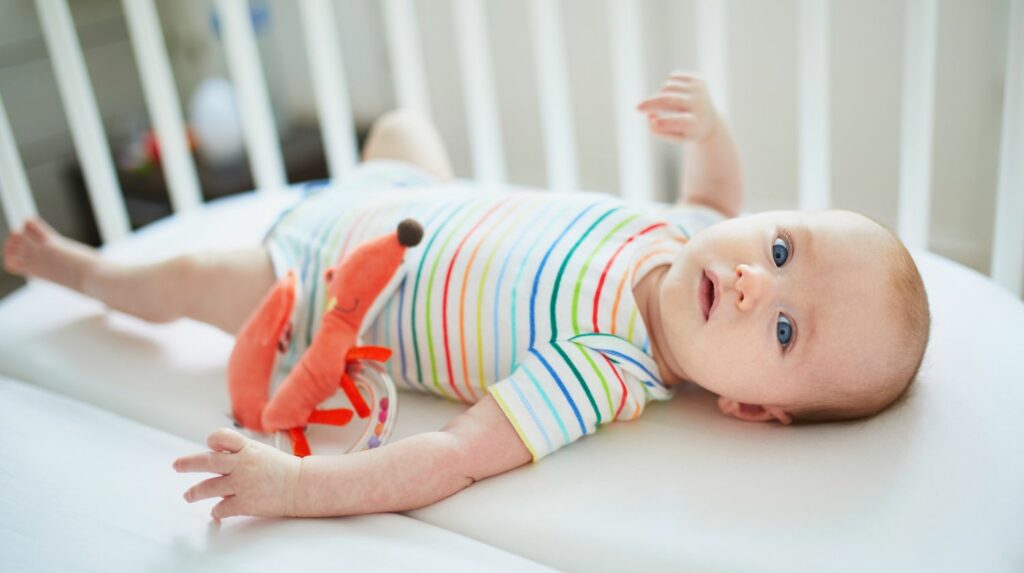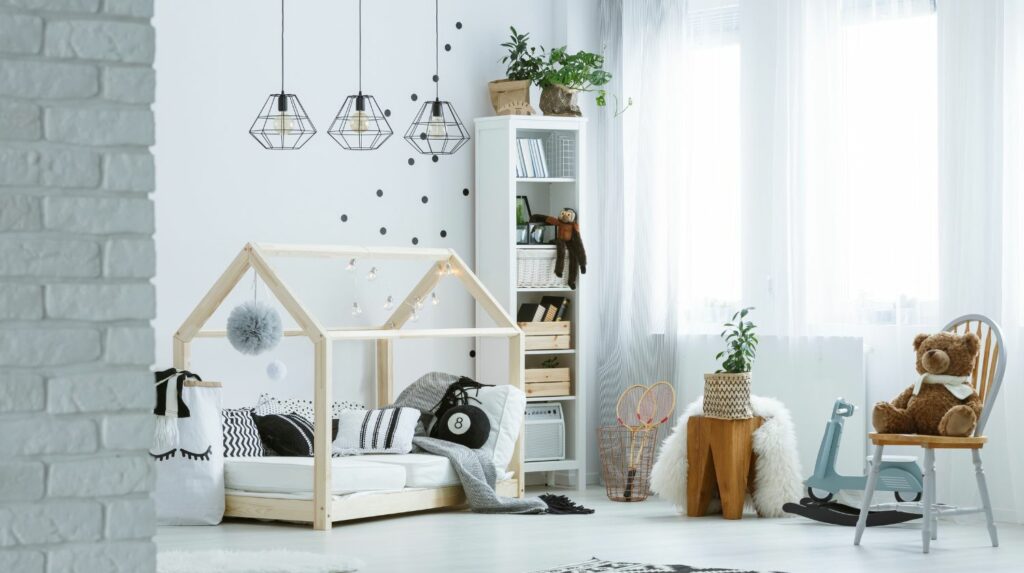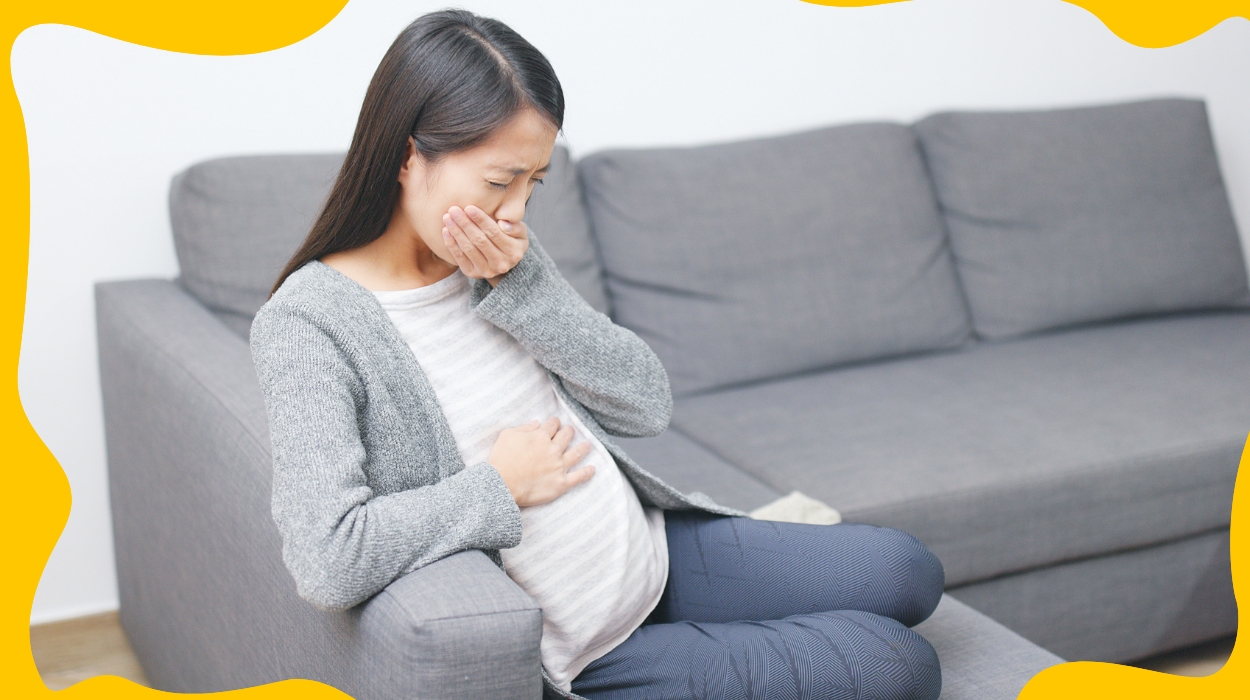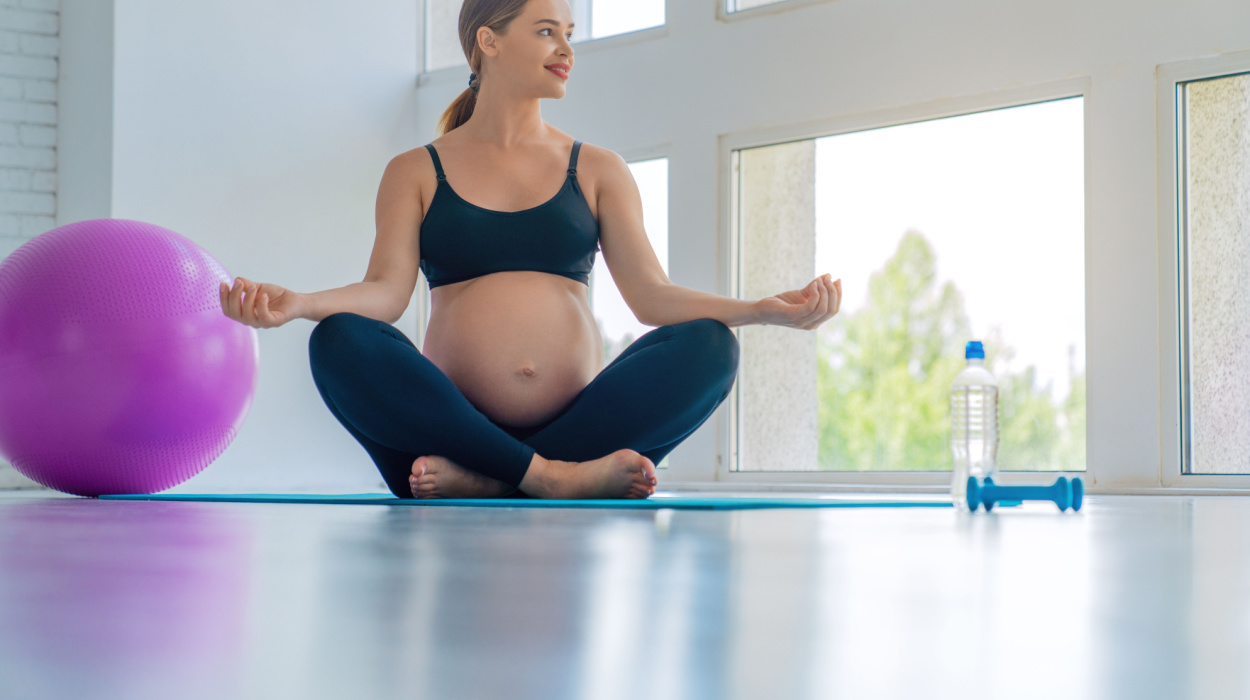Why Does A Fan Reduce SIDS? Air Circulation to Lower SIDS Risk

Sudden Infant Death Syndrome (SIDS) is every parent’s worst nightmare, a heartbreaking tragedy that claims the lives of seemingly healthy infants between the ages of 1 and 12 months. The risk factors associated with SIDS are numerous, but did you know that something as simple as a fan can play a vital role in reducing this risk? This article will explore the intriguing connection between SIDS and fans, highlighting the importance of air circulation, room temperature, and other critical factors for creating a safe and comfortable sleep environment for your baby.
Beyond SIDS risk reduction, the benefits of using a fan extend to promoting healthy sleep habits for your baby. The gentle whirring sound of a fan can create white noise, effectively masking background noises and lulling your little one into a deeper sleep. Moreover, a fan can help babies fall asleep easier, thanks to the cool air and increased air ventilation it provides.
What is SIDS?
Sudden Infant Death Syndrome (SIDS), also known as crib death, refers to the sudden and unexplained death of an apparently healthy infant, typically between the ages of 1 and 12 months. Every parent’s worst nightmare is a tragedy that highlights the importance of understanding the risk factors associated with SIDS and taking necessary precautions to reduce its occurrence.
How Dangerous Is It?
SIDS is a complex phenomenon with various risk factors at play. Factors such as soft bedding, loose blankets, and sleeping on an improper mattress can contribute to the risk of SIDS. Environmental factors like poor air circulation and increased carbon dioxide levels may also play a role. While the exact cause remains unknown, creating a safe sleep environment for your baby is critical in minimizing the risk.
To mitigate the risk of SIDS, it is recommended to provide a smoke-free environment, dress babies lightly to avoid overheating and ensure proper air ventilation. Using a fan, such as a nursery ceiling fan or portable fan, can significantly contribute to reducing the risk of SIDS. Fans offer vital air circulation, help maintain a comfortable room temperature, and prevent the accumulation of carbon dioxide around the infant’s airway.
Understanding SIDS risk factors and implementing preventative measures, such as creating a properly ventilated sleep environment and using fans for air circulation, are critically important details that can help protect your baby from this devastating syndrome. By being aware of these risk factors and taking proactive steps, we can work towards reducing the incidence of SIDS and provide a safer and more comfortable sleep environment for our little ones.
Why Does a Fan Lower the Risk of SIDS?

Proper Air Circulation
A fan promotes vital air circulation in the baby’s room, ensuring a continuous flow of fresh air. Adequate air circulation keeps the infant’s breathing environment fresh and reduces the likelihood of respiratory issues. This helps prevent the accumulation of exhaled carbon dioxide, which can be a risk factor for SIDS.
Temperature Regulation
A fan helps maintain a comfortable room temperature for the baby. It prevents the room from becoming excessively warm, reducing the risk of overheating, which is a known risk factor for SIDS. The fan creates an optimal sleep environment for the baby by keeping the room cool and comfortable.
Carbon Dioxide Reduction
By enhancing air ventilation, a fan helps disperse the baby’s oxygenation. This reduces the concentration of carbon dioxide around the infant’s airway, minimizing the potential risk of re-breathing exhaled air and its associated complications.
White Noise Generation
The gentle whirring sound produced by a fan creates soothing white noise, which can be beneficial for the baby’s sleep. White noise masks background noises that may startle the baby and disrupt their sleep, helping them fall asleep easier and promoting longer more restful sleep.
Prevention of Overheating
Fans provide a cooling effect, preventing the baby from becoming too warm while asleep. This helps regulate the baby’s body temperature and reduces the risk of overheating, associated with an increased risk of SIDS.
Improved Air Quality
The continuous movement of air facilitated by a fan helps improve overall air quality in the baby’s room. It reduces the presence of stale air and potential allergens, promoting a cleaner and healthier sleep environment for the baby.
By incorporating these factors, a fan plays a crucial role in lowering the risk of SIDS. From maintaining proper air circulation and temperature to reducing carbon dioxide levels and providing soothing white noise, fans offer multiple benefits that contribute to creating a safe and comfortable sleep environment for infants.
Other Benefits of Having a Fan in Baby’s Room

Improved Air Circulation
A fan provides vital air circulation in the nursery, ensuring a steady flow of fresh air. This helps prevent stagnant air and promotes a healthier breathing environment for the baby, reducing the risk of respiratory issues.
Enhanced Sleep Environment
The gentle breeze created by a fan can help babies fall asleep easier and stay asleep longer. By providing a comfortable and soothing sleep environment, the fan promotes the development of healthy sleep habits from an early age.
Temperature Regulation
A fan helps regulate the room’s temperature, especially during warmer months. It circulates cool air, preventing the baby from overheating and ensuring a comfortable sleep environment. Maintaining an optimal room temperature is crucial for reducing the risk of SIDS.
White Noise Generation
Fans produce a soft humming or whirring sound that acts as a form of white noise. This steady background noise masks other sounds, creating a calming atmosphere that helps the baby relax and fall asleep. The soothing white noise can also aid in maintaining uninterrupted sleep by dampening sudden noises that might startle the baby.
Improved Air Quality
The continuous air movement provided by a fan helps improve air quality in the baby’s room. It reduces the presence of stale air, odors, and potential allergens, creating a fresher and healthier environment for the baby to breathe.
Peace of Mind for Parents
A fan in the baby’s room can offer parents reassurance and peace of mind. It allows them to actively participate in creating a safe sleep environment for their little ones by providing adequate air circulation, temperature control, and white noise to promote better sleep and reduce the risk of SIDS.
By incorporating these additional benefits, having a fan in a baby’s room goes beyond SIDS risk reduction. It creates a comfortable, soothing, and healthy sleep environment that contributes to the baby’s overall well-being and sleep quality while also providing parents peace of mind.
Precautions to Consider
- Safe Distance: Ensure that the fan is placed at a safe distance from the baby’s crib or sleeping area. Position it in a way that the airflow is directed towards the room and not directly blowing on the baby. This helps prevent any discomfort or potential hazards from the fan’s movement.
- Secure Mounting: If using a ceiling fan, ensure it is securely mounted and properly installed. Regularly inspect the fan to check for any loose parts or potential hazards that could pose a risk to the baby. Follow the manufacturer’s guidelines for installation and maintenance.
- Cord Safety: Keep the fan’s cord out of the baby’s reach and secure it properly to avoid any tripping hazards or accidental entanglement. Use cord organizers or covers to keep the cords safely tucked away.
- Fan Speed: Adjust the fan to an appropriate speed that provides gentle airflow without creating excessive drafts or chilling the baby. It’s important to strike a balance between maintaining a comfortable sleep environment and avoiding direct exposure to cool air.
- Fan Maintenance: Regularly clean the fan to prevent dust accumulation, which can impact air quality. Follow the manufacturer’s instructions for cleaning and maintenance to ensure optimal performance.
- Room Temperature Monitoring: While a fan can assist in temperature regulation, it’s important to monitor the room temperature separately and ensure it remains within a comfortable range for the baby. Use a reliable thermometer to keep track of the temperature and make any necessary adjustments.
- Parental Supervision: Never leave a baby unattended in a room with a fan running. Supervise the baby’s interaction with the fan to ensure their safety and well-being.
By taking these precautions into consideration, parents can safely incorporate a fan into the baby’s room, harnessing its benefits while prioritizing the baby’s safety.
Conclusion
In conclusion, having a fan in a baby’s room offers numerous benefits, including improved air circulation, temperature regulation, white noise generation, and an enhanced sleep environment. By taking necessary precautions, parents can create a safe and comfortable sleep environment, reducing the risk of SIDS and promoting healthy sleep habits.
Frequently Asked Questions
A fan promotes air circulation, prevents carbon dioxide buildup, and helps regulate room temperature, all of which contribute to reducing the risk of SIDS.
Yes, the soothing white noise produced by a fan creates a calming environment that can aid in helping babies fall asleep easier.
Yes, when used with precautions such as maintaining a safe distance, securing mounting, and cord safety, a fan can be safely used in a baby’s room.
Absolutely; a fan improves air circulation, reduces stale air, and helps remove potential allergens, resulting in better air quality for the baby.
A fan helps prevent the baby from overheating during sleep by providing a gentle breeze and temperature regulation.
Additional benefits include creating a soothing sleep environment, promoting better sleep habits, and offering peace of mind for parents.
No, it’s best to position the fan in a way that the airflow is directed toward the room and not directly blowing on the baby.
Yes, it’s important always to supervise the baby when a fan is in use to ensure their safety and well-being.
+ 4 Sources
Health Canal avoids using tertiary references. We have strict sourcing guidelines and rely on peer-reviewed studies, academic researches from medical associations and institutions. To ensure the accuracy of articles in Health Canal, you can read more about the editorial process here
- Duncan JR, Byard RW. Sudden Infant Death Syndrome: An Overview. Nih.gov. Published May 2018. Accessed May 31, 2023. https://www.ncbi.nlm.nih.gov/books/NBK513399/
- Kinney HC, Thach BT. The Sudden Infant Death Syndrome. New England Journal of Medicine. 2009;361(8):795-805. doi:https://doi.org/10.1056/nejmra0803836
- Athanasakis E, Karavasiliadou S, Styliadis I. The factors contributing to the risk of sudden infant death syndrome. Hippokratia. 2011;15(2):127-131. https://www.ncbi.nlm.nih.gov/pmc/articles/PMC3209674/
- Coleman-Phox K, Odouli R, Li DK. Use of a Fan During Sleep and the Risk of Sudden Infant Death Syndrome. Archives of Pediatrics & Adolescent Medicine. 2008;162(10):963. doi:https://doi.org/10.1001/archpedi.162.10.963






